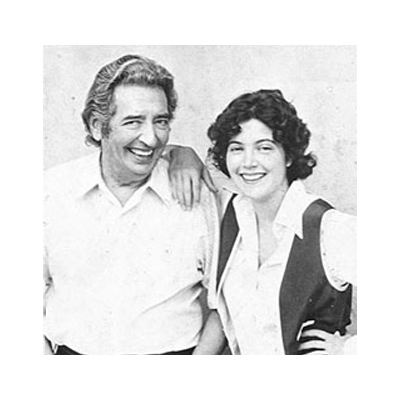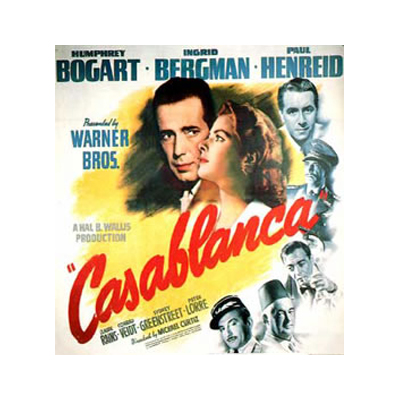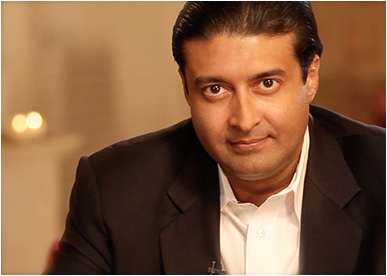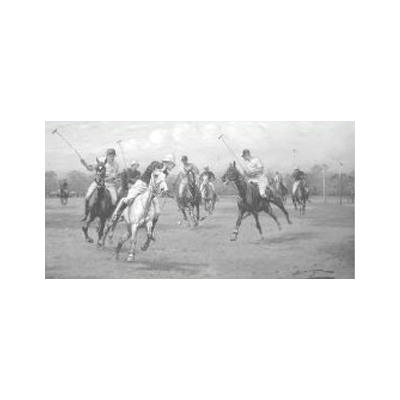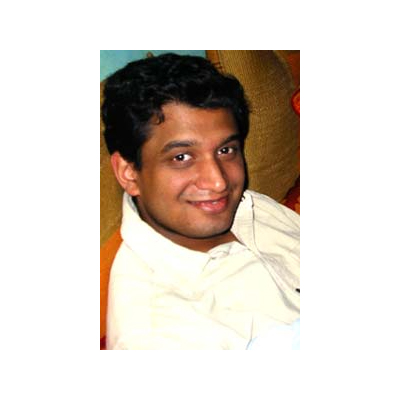Confession Of A Self-Hate Book Hater - Ashish Kaul
It's very interesting to take time out of something which is close to one's heart. Book reading is common with any person who has achieved a mark. Nidhi Jain met up with Ashish kaul, sr. vice president, corporate brand development, Essel Corporate Resources Limited, and got to know his likes and dislikes when it comes to books.
Kind of Book Collection you have:
Not much of a collection as I don't believe in gathering books and knowledge. Usually I pass them on for others to know and learn
Taste in Books:
The book has to be rare and genuine in thought process and most importantly, relevant to me. I will not read a book just because someone big has written it or it has become a rage. Popularity of the writer is of no significance to me.
On favorite authors and well written books:
"My God Died Young" is an autobiography worth dying for! The sincerity and honesty of Sasthi Brata is amazing. It is very rare that you read an autobiography and feel connected with each and every word and incident. Irving Wallace is another magician that I am deeply impressed with. You can "see" the story unfold in front of your eyes.
Do you find interesting things in every book? How do you choose books you read?
It takes great effort in choosing a book and often its is after serious discussions with friends who have read them before. I am not adventurous when it comes to choosing books.
What do you think of self help books?
I think it is the biggest literary racket of our times. It is a big disappointment to see people reaching out to such books. It only indicates that people are losing belief in their own abilities in an era of creative famine.
Money and time you spend on books
Hardly any.
Your reading pace
Amazingly fast.
Your first book
My God Died Young.
Browsing and e-reading
Only when required.
Currently you are reading
The Almighty (for the third time).
Books that do not hold you
Academic.
